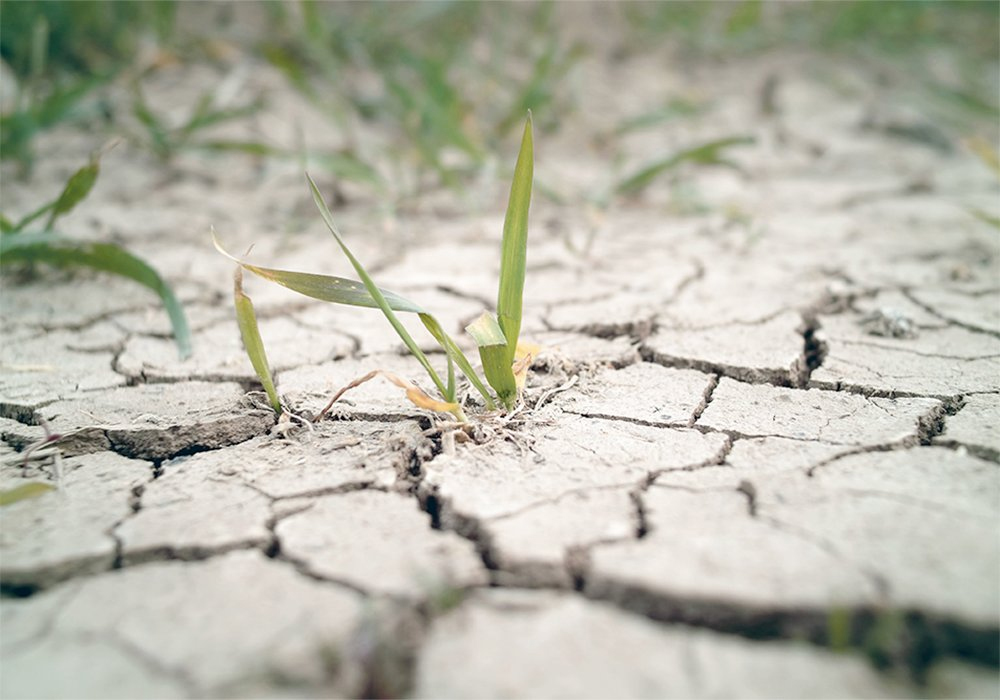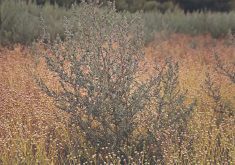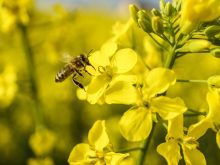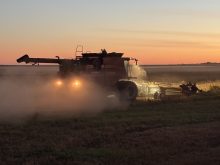If you were short of crop production to fill one or more contracts and if you’re also enrolled in AgriStability, it’s important to pay attention to how you deal with the contract shortfall so that it’s an eligible AgriStability expense. My thanks to an astute producer who tracks financial numbers closely for drawing this to my attention.
It’s rare to find anyone with anything positive to say about AgriStability, but it’s also true that most producers haven’t taken the time to fully understand just how it works. A significant percentage of producers have dropped out or never enrolled in the first place, believing they will never trigger a significant payout.
Read Also

Farmer ownership cannot be seen as a guarantee for success
It’s a powerful movement when people band together to form co-ops and credit unions, but member ownership is no guarantee of success.
Even though this is an epic drought year, AgriStability payments may not be dramatically higher than normal. The rapid rise in crop prices will counterbalance some of the production shortfall. As well, crop insurance payments will add to revenue, reducing and often eliminating any AgriStability claim.
The base prices through crop insurance are low compared to current market values, but they are quite high on an historical basis. AgriStability coverage is based on your past margins, which were generated at a time of lower prices.
While high market prices and record high crop insurance payouts will limit support from AgriStability, contract buyouts could be the tipping point to put producers in a claim position this year.
For most producers, me included, it was surprising to learn that contract buyouts are an eligible AgriStability expense. As drought conditions worsened this summer, this information was shared with producers, but there has been limited discussion on how to structure a buyout properly so that it qualifies.
As my financially astute friend pointed out to me, if you delay a buyout until the following fiscal year or rollover the problem to next growing season, the pain may be delayed, but you won’t have the expense to claim under AgriStability in the current year when it might make a difference.
Best to work your numbers and get the advice of a competent accountant to figure out what works best in your situation. Contract buyouts range from relatively small to tens of thousands to even hundreds of thousands of dollars. AgriStability only covers a portion of a producer’s overall margin shortfall, but it could still be significant depending upon your specific situation.
Of course, there will be producers with large contract buyouts not enrolled in AgriStability. Interestingly, Manitoba farmers not enrolled can still join the program until Dec. 31, albeit with a 20 percent penalty on payouts.
Theoretically, producers facing big contract buyouts might join the program just for that reason. However, they would have to come up with a lot of past financial information to establish their reference margin.
While buyouts are a legitimate AgriStability expense, whether they should be is another issue.
Some will argue this is an encouragement to contract an unreasonably large percentage of what you hope to produce.
However, AgriStability certainly wasn’t a factor in 2021 contracting decisions because few producers even knew about the provision. Going forward, it’s difficult to believe that producers will base contracting decisions on the possibility that AgriStability might partially bail them out.
Furthermore, all the factors creating the widespread contract problems are unlikely to align in future years. Ahead of the 2021 growing season, attractive prices contributed to aggressive contracting. This was followed by a deep, widespread drought and one of the most rapid price escalations ever experienced.
Kevin Hursh is an agricultural journalist, consultant and farmer. He can be reached by e-mail at kevin@hursh.ca.
















